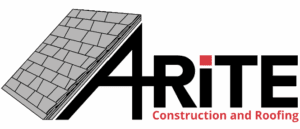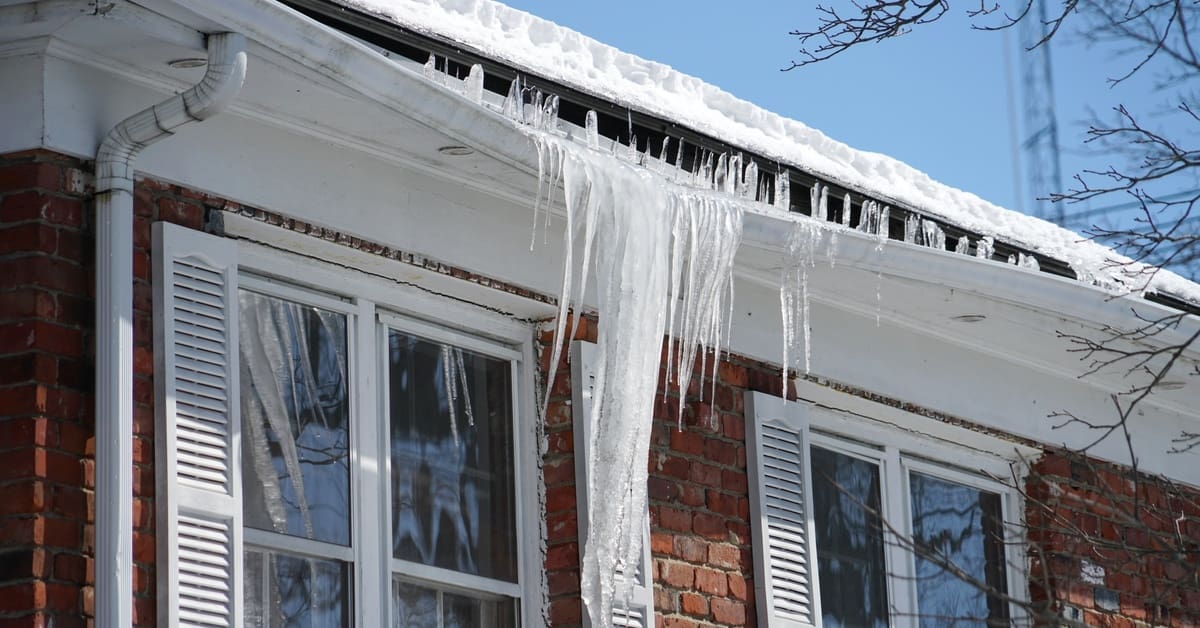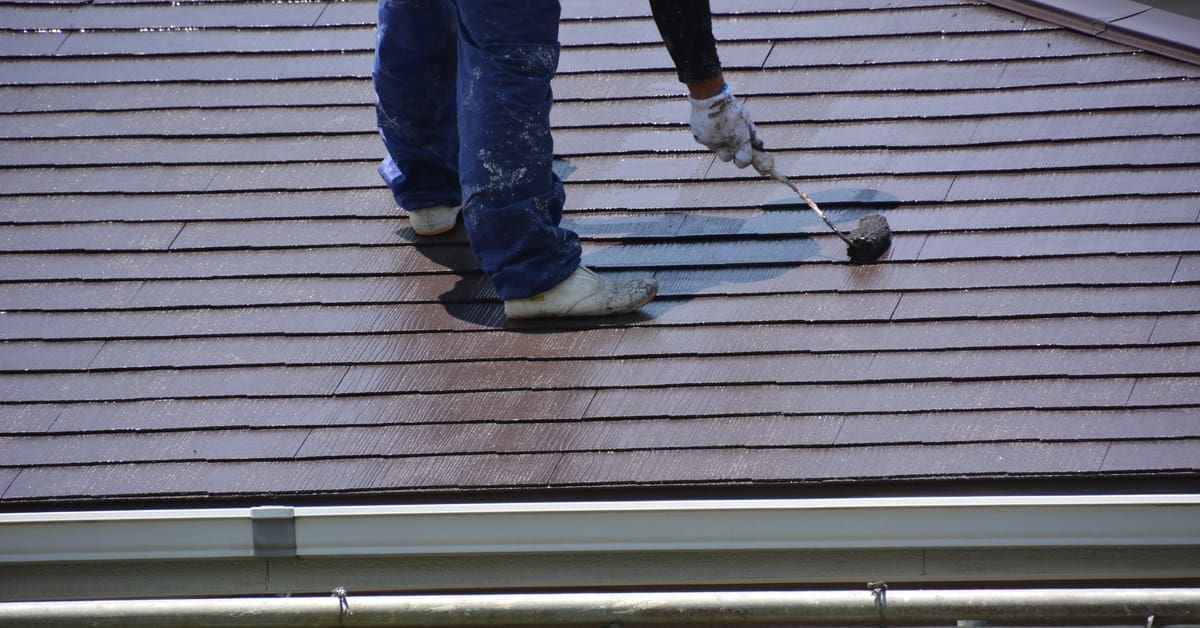Whether you’re ready or not, winter is coming for Wisconsin. Our picturesque snowfalls are undeniably beautiful, but they also introduce a serious threat to your home: ice dams. These thick ridges of ice that build up along the eaves of a house can cause severe damage to your roof, gutters, and even the interior of your home.
While many homeowners are familiar with the sight of icicles hanging from a roof, not everyone understands the complex conditions that lead to ice dams. Understanding these factors is the first step in protecting your property, and it begins with understanding why some homes are more prone to ice dams than others.
What Causes Ice Dams?

Heat can escape from a home’s living space and enter the attic. In turn, this air warms the roof’s surface above 32°F, while the eaves remain below freezing. This is what causes ice dams to form. The temperature difference causes snow to melt from the bottom up, with the resulting water flowing down the roof until it reaches the colder edges and gutters, where it refreezes.
Over time, this cycle builds a ridge of ice that traps additional meltwater, forcing it beneath shingles and into the roof deck. You could be left with leaks, water damage, mold growth, and even structural rot if left unaddressed.
Why Some Homes Are More Prone Than Others
Several factors related to a home’s construction, design, and maintenance can make it more susceptible to ice dam formation.
Roof Design and Pitch
The shape and slope of your roof play a significant role. Low-slope or shallow-pitched roofs are more vulnerable because they shed snow and water more slowly. This slower drainage gives meltwater more time to freeze at the eaves.
Complex roof designs with multiple valleys, dormers, and intersecting planes can also trap snow and concentrate heat, leading to uneven melting and refreezing cycles that encourage dam formation. Conversely, steeper roofs allow snow and water to slide off more quickly, reducing the likelihood of ice buildup.
Insulation and Air Leaks
Inadequate or improperly installed insulation is a primary contributor to ice dams. Insulation is meant to create a thermal barrier between your heated living space and the unheated attic. When this barrier is weak, heat easily escapes into the attic.
Furthermore, air leaks from the conditioned part of the house into the attic can create warm spots on the roof. These leaks often occur around light fixtures, plumbing stacks, attic hatches, and chimney chases. Even small gaps can transfer significant amounts of warm, moist air, which heats the roof deck and initiates melting.
Ventilation Issues
A properly ventilated attic helps maintain a cold roof deck, which is crucial for preventing ice dams. Good ventilation allows cold outdoor air to circulate through the attic space, removing any heat that has escaped from the living areas below. This keeps the entire roof surface consistently cold, preventing snow from melting in the first place.
Homes with blocked soffit vents, insufficient exhaust vents near the roof’s peak, or no ventilation system at all will trap warm air. This trapped heat leads directly to the snow-melt-refreeze cycle that causes ice dams.
Sun Exposure and Orientation
A home’s orientation to the sun can also influence ice dam formation. South-facing roof slopes receive more direct sunlight during the day, which can cause snow to melt even when the ambient air temperature is below freezing.
As the sun sets or moves, this meltwater can refreeze when it reaches shaded or colder sections of the roof, such as the eaves or north-facing slopes. This natural freeze-thaw cycle can contribute to ice buildup, especially on homes with inconsistent sun exposure throughout the day.
Gutter Placement and Condition
While gutters do not cause ice dams, their condition can worsen the problem. Gutters filled with leaves and debris can block the path for melting snow and water to drain away from the roof. This clog creates a perfect spot for water to pool and freeze, starting the formation of an ice dam.
Improperly pitched gutters that do not drain correctly can have a similar effect. Once an ice dam forms, gutters and downspouts can fill with ice, adding extra weight to the eaves and increasing the risk of damage.
Prevention Tips for Homeowners

The most effective strategy for dealing with ice dams is prevention. Homeowners in central Wisconsin can take several proactive steps:
- Inspect your attic floor for any gaps or cracks around pipes, vents, and fixtures. Use caulk or expanding foam to seal these leaks and stop warm air from entering the attic.
- Assess your attic’s insulation levels. Adding more insulation to meet modern building codes can significantly reduce heat loss through the ceiling.
- Make sure your attic has a balanced ventilation system with clear soffit vents for intake and adequate ridge or gable vents for exhaust.
- Before winter arrives, clean all leaves and debris from your gutters and downspouts to allow for proper drainage.
- After heavy snowfalls, use a roof rake to carefully remove snow from the first few feet of your roof’s edge. This eliminates the source material for ice dams.
What To Do if Your Home Has an Ice Dam Accumulating?
If you notice an ice dam forming on your roof, it is important to act, but you should do so safely. Trying to chip or break the ice away with a hammer or shovel can easily damage your shingles and gutters. Using salt or chemical deicers can harm your roofing materials, plants, and concrete below.
The safest and most effective solution is to contact a professional for ice dam removal. Professionals use specialized equipment, such as low-pressure steamers, to melt ice safely and efficiently without harming your roof.
Understanding why some homes are more prone to ice dams than others is key to long-term prevention. By addressing the root causes, you can protect your home from the damaging cycle of winter ice buildup.
If you are concerned about your home’s risk or are currently facing an ice dam, the team at A-Rite Construction is here to help. Serving homeowners across central Wisconsin, we offer expert ice dam removal services. Our dedicated team is committed to resolving your concerns promptly and providing reliable service you can trust.



